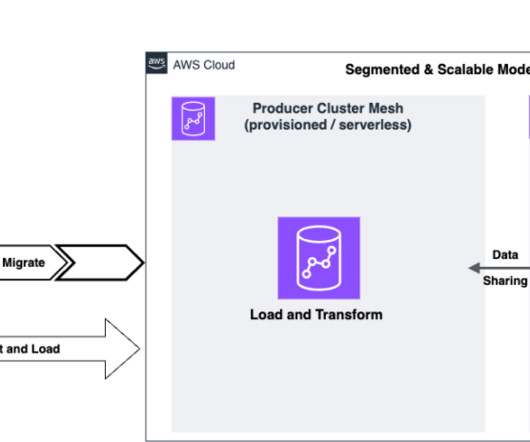What is Data Lineage? Top 5 Benefits of Data Lineage
erwin
APRIL 29, 2020
An understanding of the data’s origins and history helps answer questions about the origin of data in a Key Performance Indicator (KPI) reports, including: How the report tables and columns are defined in the metadata? Who are the data owners? What are the transformation rules? Data Governance.














Let's personalize your content